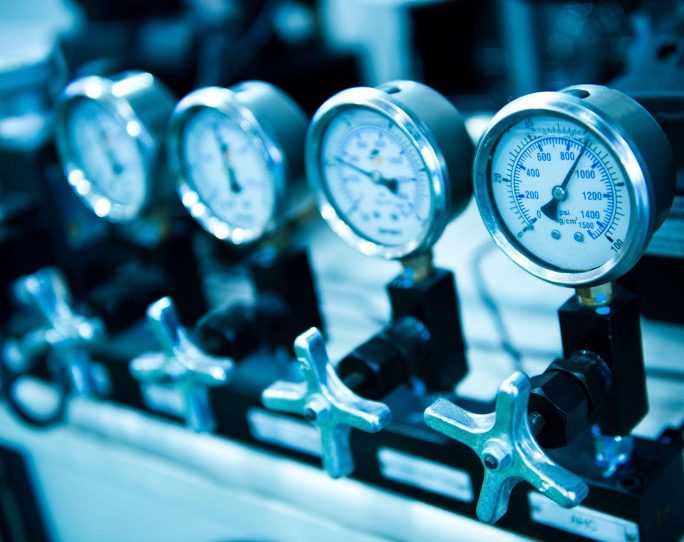
If you are in an industry that uses pressure equipment, chances are you are familiar with pressure gauges. Pressure gauges measure the pressure in equipment and systems and can make a critical difference to the safety of personnel and the integrity of systems.
When you’re working with pressure equipment, you may want to know why pressure gauges break and what you can do about it if they do. Before a pressure gauge breaks, or even after it has, knowing how to solve the issue can result in savings in costs and overall general operations safety.
Common Pressure Gauge Malfunctions and Brief Solutions
Of course, it is desirable to prevent pressure gauge malfunction, and proper maintenance and troubleshooting will eliminate breakdowns and the resulting costs or potential safety issues. Let’s take a look at common causes of pressure gauge malfunction and what you can do about them.
Extremely Low or High Temperatures
Pressure gauges are rated for use within a range of acceptable temperatures. Temperatures that are above or below the ratings will cause issues potentially.
Dry gauges and liquid gauges are rated for use within a range of ambient temperatures of 150 degrees to 200 degrees Fahrenheit. Outside of this range, you will have various issues crop up such as discolored dials or windows or gasket hardening, or outright equipment failure.
There are several quick solutions to this that you may want to use, such as mounting the gauge remotely, or potentially directly, as well as incorporating a pigtail siphon or coil for those applications that use steam.
Instrument Corrosion or Clogging
In the case of pressure gauge clogging, material that flows within the system can become clogged inside the instrument, causing it to stop operating correctly. In an instrument that has not been maintained properly, overtime corrosion can overtake the device and, in extreme cases, can cause a malfunction.
In order to prevent clogging from breaking the pressure gauge down, you may want to isolate the instrument apart from the relevant process media using an isolation ring or diaphragm seal.
In order to prevent corrosion or deal with a pressure gauge if it has been corroded, you will want to separate the instrument from sources of water or wetted material. It is the action of water or wet material on an instrument that causes corrosion.
Spikes in Pressure
Sometimes pressure spikes will cause an overly rapid actuation of the valve or water hammer or other malfunction such as process fluid freezing.
When pressure gauges go through these conditions, they sometimes show signs of damage such as a ruptured or deformed tube formation, broken segment gearing, or a dented pointer. These conditions can cause unresponsiveness to changes in the conditions of processes or complete failure of the instrument.
In order to rectify these situations, you may want to select a new gauge or install a pressure limiting valve. You also may want to integrate what’s known as an internal stop.
More Information About Pressure Gauges
We hope you found some interesting ideas for solutions to pressure gauge malfunction if you encounter them, perhaps giving you some idea of how pressure gauges can malfunction in certain circumstances.
Mid-West Instrument
Since 1958, Mid-West Instrument has been a leading global manufacturer of differential pressure gauges, transmitters, and switches. Our company is family owned and operated from our facility located in Sterling Heights, MI.
Our state of the art factory is equipped the latest CNC machine tool technology, test equipment, calibrations standards, and oxygen clean room. This allows us to maintain precise tolerances and product quality with the shortest lead times in the industry.
Contact our experienced professionals or visit our website to learn which differential pressure instrument best fits your application.

